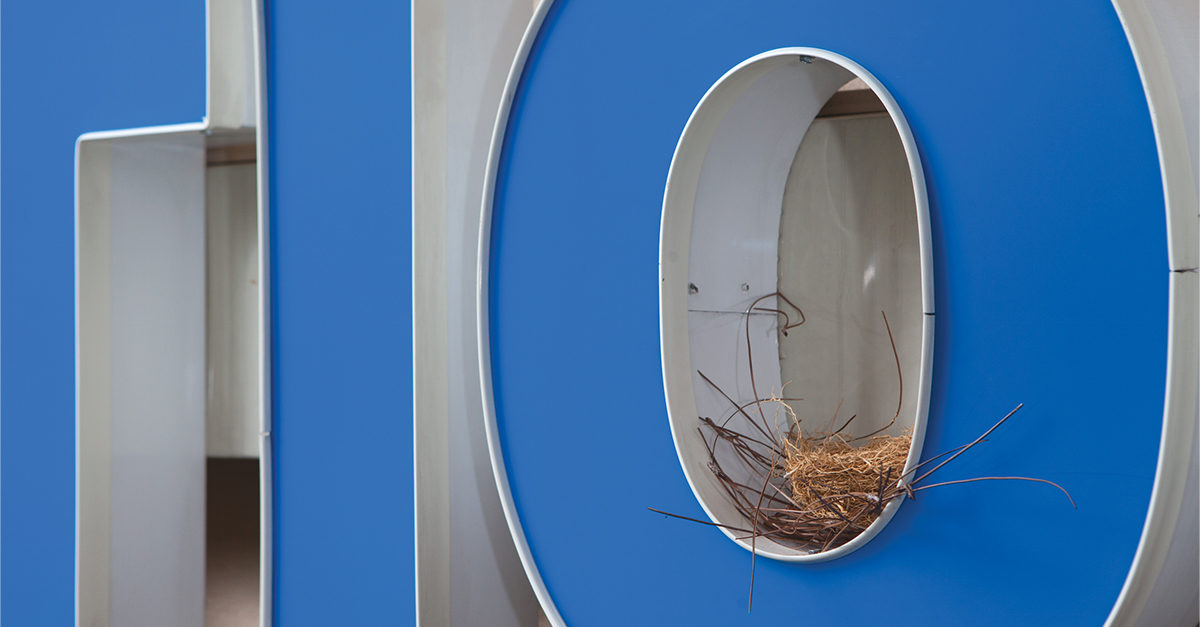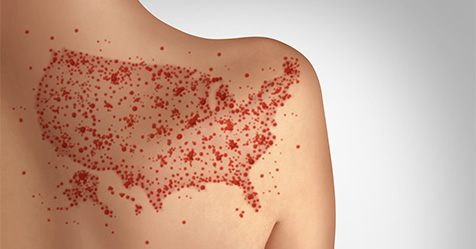When new properties are built, or older buildings extensively renovated, a Leadership in Energy and Environmental Design (LEED) certification is often at the top of a property owner’s or manager’s wish list.
LEED certification from the U.S. Green Building Council (USGBC) is a nationally accepted benchmark for the design, construction, and operation of high-performance, environmentally responsible buildings. LEED-certified buildings offer lower operating costs and better indoor environmental quality. As a result, these properties are often more attractive to a growing group of corporate, public, and individual buyers.
High-performing building features will increasingly enter into tenants’ decisions about leasing space—and into buyers’ decisions about purchasing or leasing properties. Today’s tenants are looking for the benefits that LEED-certified spaces have to offer. In fact, according to the USGBC, lease rates for green buildings typically range up to 20 percent above average.
So how do you get this green? Your pest management efforts are a great place to start. You actually can obtain two credits toward the LEED Existing Building Operations and Maintenance (LEED-EBOM) certification by reducing the environmental impact of your facility’s indoor and outdoor pest management efforts.
As you continue striving for the most eco-friendly—and economical—solutions for your building, start by incorporating the following proactive procedures into your maintenance routine:
Start with an integrated pest management (IPM) plan. Your building will need a written IPM plan with documentation for all procedures used in your pest management program to earn LEED credits.
IPM is a proactive—rather than reactive—style of pest control. Instead of responding to pest problems with chemicals, IPM focuses on using ongoing sanitation, maintenance, and monitoring techniques to help ease pest pressures before they become a big problem.
To create a plan, first consult with a qualified pest management professional who has extensive experience in working with IPM and green practices.
Work on communication. Effective IPM programs involve participation from your entire team—as well as your tenants. With this in mind, a process for ongoing communication needs to be in place. This includes educating your staff and occupants about the IPM plan, providing information on the responsibilities of occupants, and offering a feedback mechanism for recording pest sightings and other pertinent information.
You will need to communicate recurring pest problems observed by your maintenance and/or housekeeping teams to your pest management professional, and work with him or her on appropriate nonchemical solutions, such as sanitation, structural repairs, mechanical traps, etc. You should also work with your provider to develop a communications strategy for universal notification of staff and occupants when pesticide applications are needed.
Should the facility require pesticides other than least-risk products—chemical applications that use the least amount of toxic material required to accomplish the task—LEED mandates that you notify occupants of pesticide applications at least 72 hours in advance. For emergency pesticide applications, occupants must be notified no less than 24 hours in advance.
Use least-risk products, but only when appropriate. The very nature of IPM means pest issues are dealt with by using nonchemical actions first. This can negate the need for interventions that require the use of pesticides. LEED certification limits the use of pesticides to times when pests are actually present and when nonchemical approaches are unsuccessful or inappropriate.
To determine when it’s time to use pesticides, work closely with your pest management provider to facilitate the inspection and monitoring program, and set action thresholds for pest situations you’re likely to face. Work with your staff and provider to modify these thresholds as needed.
Paint a tight target with product applications. When your pest management professional determines pesticide applications are necessary—again, only after nonchemical solutions have been exercised—they should be used only in locations where pests are active. Before treatment, your provider must first identify the pest, assess the situation, and then only use targeted applications of least-risk products as a final recourse.
Make sure your provider is knowledgeable about pest behavior and biology to help correctly identify pests before making decisions on treatment. Your staff can help with this effort by collecting a sample pest if they spot one.
Have an emergency plan in place—and know when to use it. Consult with your pest management professional to develop a list of problems that would require an emergency application of pesticides within your facility. You can break the list down by pest and location.
For instance, if one of your employees reported a large infestation of bees in a lobby or common area of your property—a situation and location that could endanger the safety of your building occupants—an emergency application of pesticides would be appropriate.
Keep good records for documentation and evaluation. You’ll need a written IPM policy and documentation that it was followed to earn the LEED credits. Documents should include your written IPM plan, action thresholds, sighting reports, pest management professional recommendations, information from inspections, and any service or product applications. You can keep this in a physical logbook or as an electronic file.
To ensure your IPM plan is up to snuff, conduct an evaluation at least once per year. The evaluation may require a review meeting and co-inspections conducted by your assigned staff and pest management professional.
By following these tips, you can develop and implement an effective IPM program that will help reduce pest pressure at your facility and obtain LEED certification for your building.



